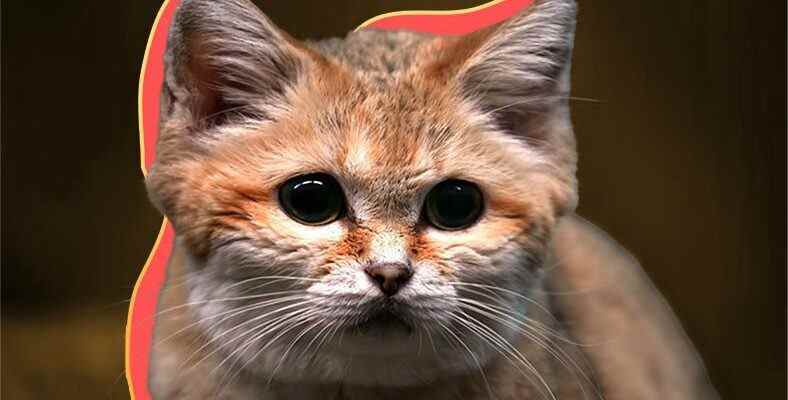We take a closer look at the Turkestan sand cat, which you might know as the sweetest of creatures that live in the extreme heat and cold of the desert.
In the usual desert image, people only stretch for miles. a sand floor thinker. This environment, which confronts people with sandstorms and sand hills, actually has many to the living We see that many people ignore it. In this context, when you go to these endless places that you won’t be alone it’s good to know.
Let’s put aside the creatures we are accustomed to from documentaries such as the scorpion, snake and fox. Now much sweeter than them but dangerous not one step behind in being Turkestan sand cat we’ll take a look. The breed in question has many features that are different from the cats we know.
Also known by different names such as the Arabian sand cat, this kitty is resistant to harsh conditions:
Sahara DesertThis species, which lives in the Arabian Peninsula and Central Asia, is quite resistant to the extreme cold and heat of these places. In the morning, while the sun scorches the desert, it also heats the sands unbearably.
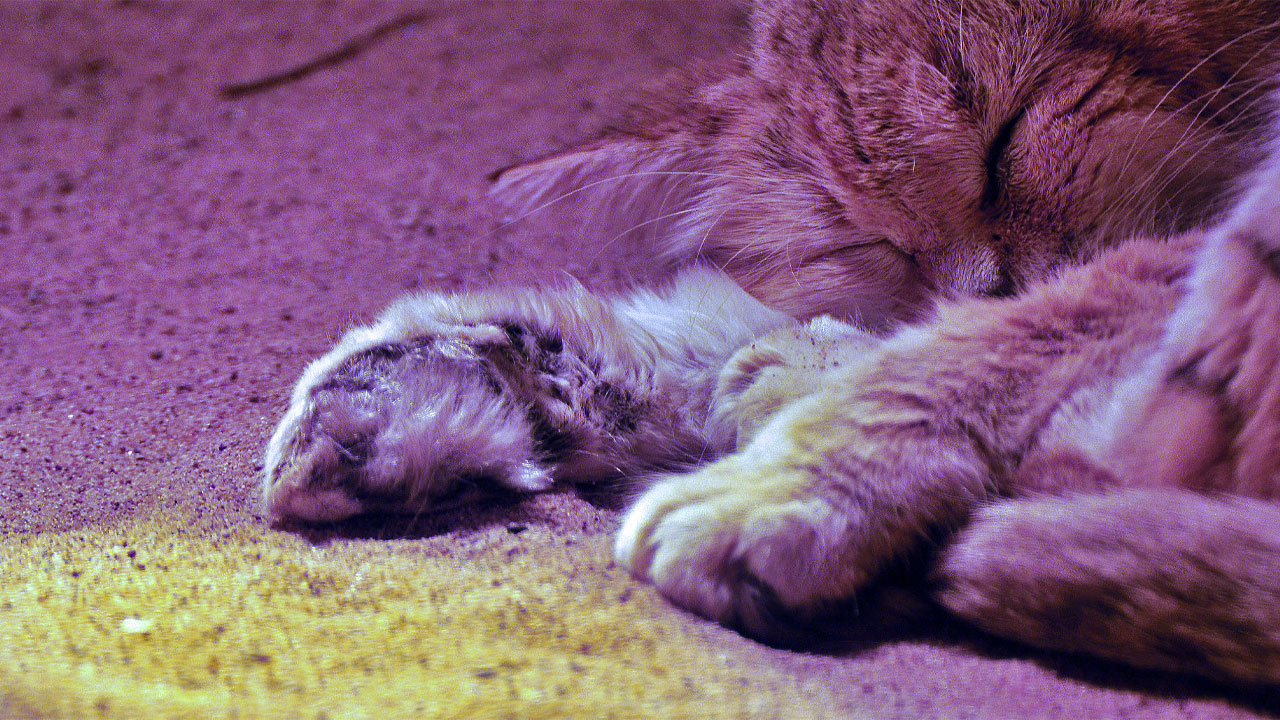
Ben Williams
sand cat under your paws The feathers on the ground prevent the paw from coming into direct contact with the hot sand, allowing it to move comfortably. These feathers also prevent it from leaving traces behind, making it difficult to track.
Even the freezing cold that comes in the evening can’t beat them:
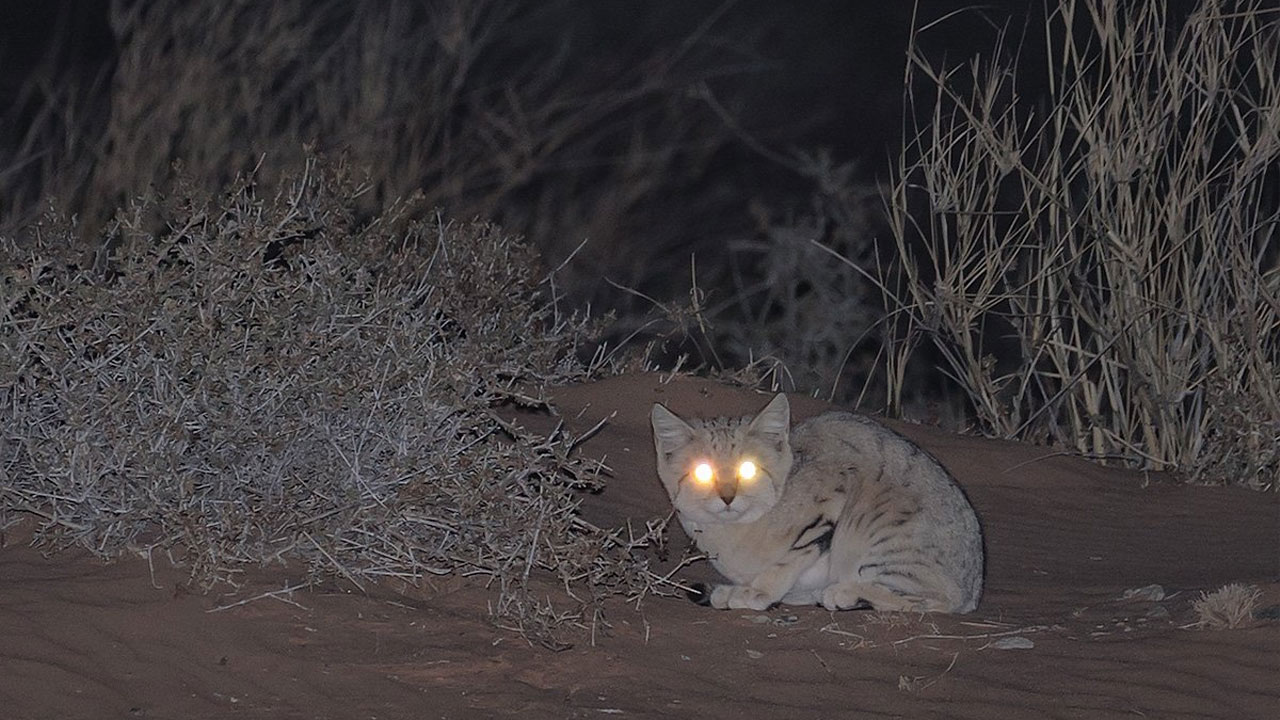
Nick Watmough
In this case, they can stay warm thanks to the thick fur they have. especially the ava evening This is a very critical feature, since they’re out.
In the morning, they usually wait for the sun to set. In the evening, they go hunting:
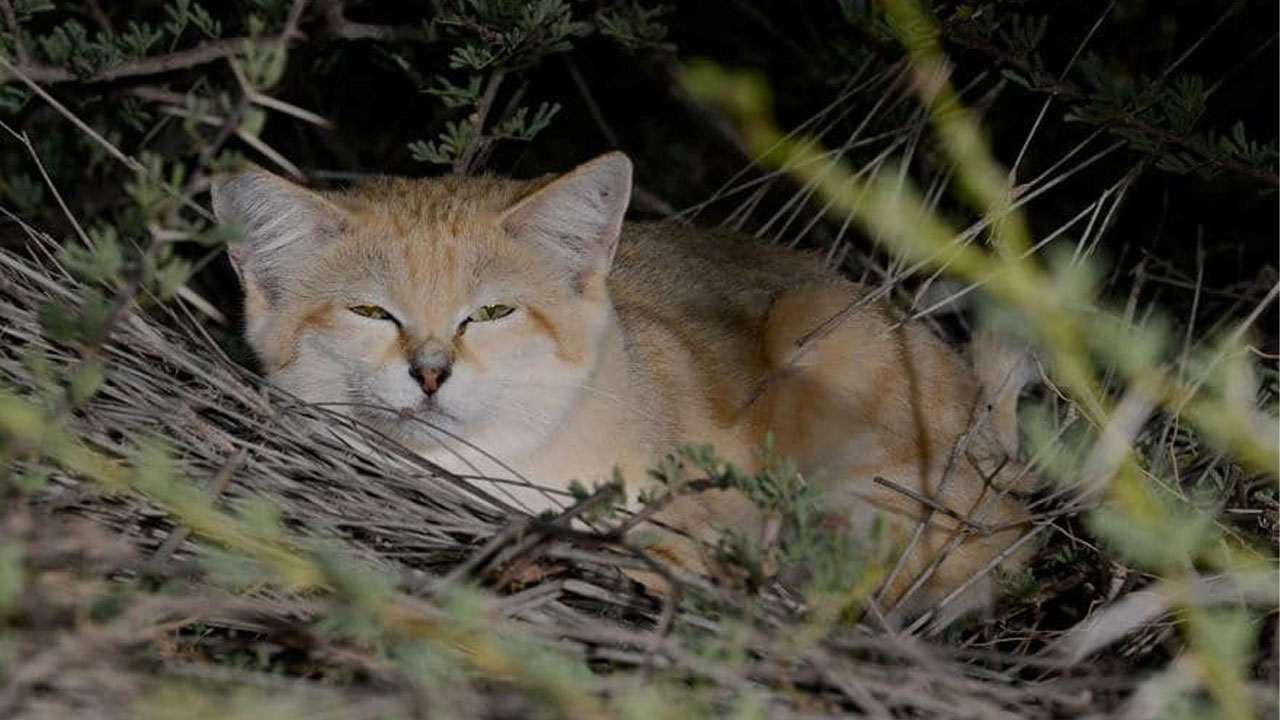
The desert, where you step like a forest from anywhere It is not a place that has the potential to bring you alive. For this reason, from time to time, just to find prey. kilometers They may need to move around. The same is true when they want to find a mate during their mating season.
In such cases, their ears, which seem quite large for their heads, come to their aid:
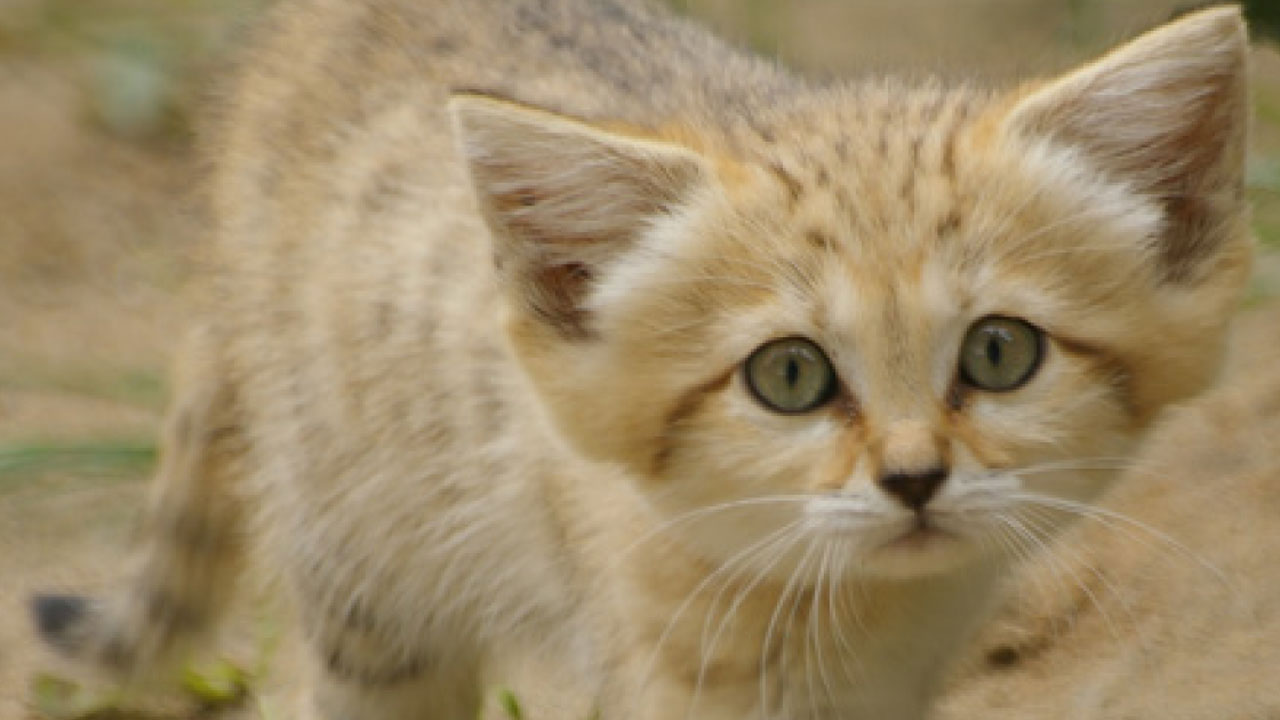
This is the biggest plus of the sand cat. ears We can say it is. These ears, which are quite functional for the desert, even the slightest movement can sense from afar. In this context, they can understand where their prey is, whether it is an insect or a rodent. When it comes to threats, these ears play a protective role with the same function.
Although some of their preys have developed hearing abilities as well as their own, the sand cat’s close to the ground rather than chasing its prey, when he didn’t expect it Its catch and incredibly patient movement make it superior to its prey.
Smaller than the cats we are used to, this species even preys on venomous snakes:
https://www.youtube.com/watch?v=QX49BR0khzM
sand cats hunts among small rodents, insects, spiders and snakes exists.
Doesn’t the sand cat, which looks like a house cat, get thirsty in the desert environment?
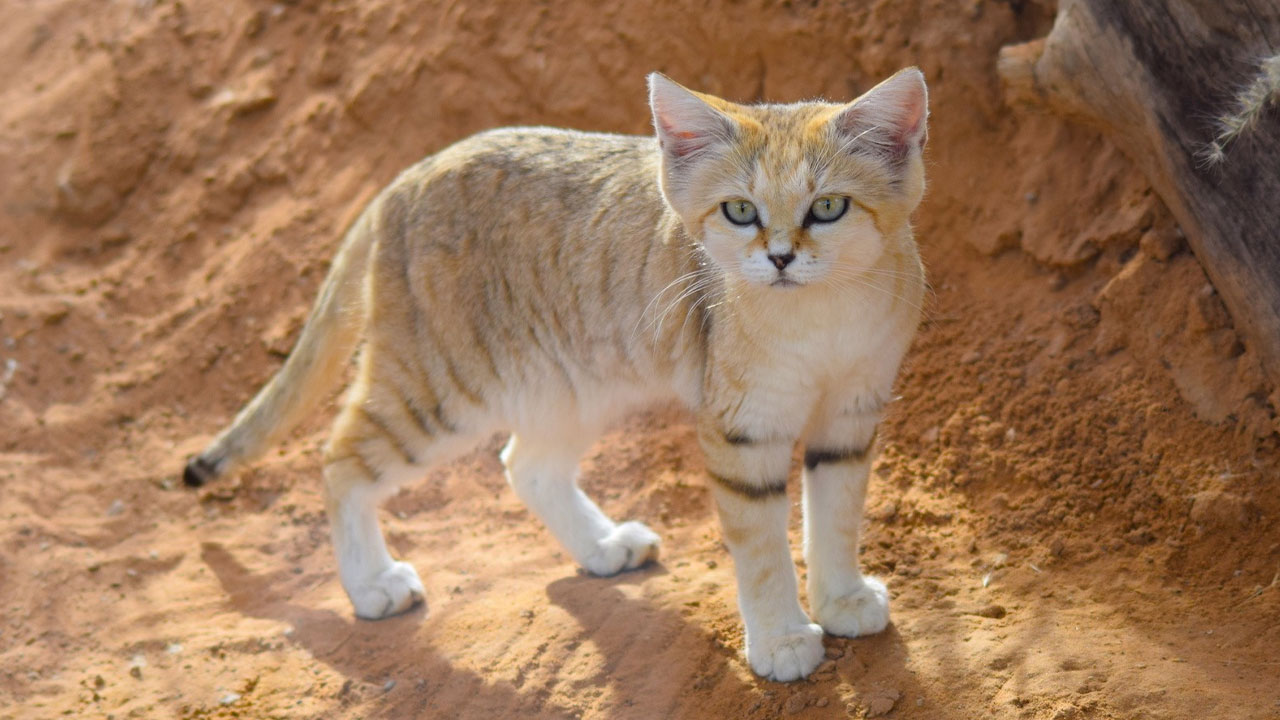
Of course it stays. But we are used to house cats on the contrary, this species can be used for days, even for weeks It has been known to be dehydrated. They get the moisture they need from their prey.
Their breeding periods vary according to which of the regions they are listed in:
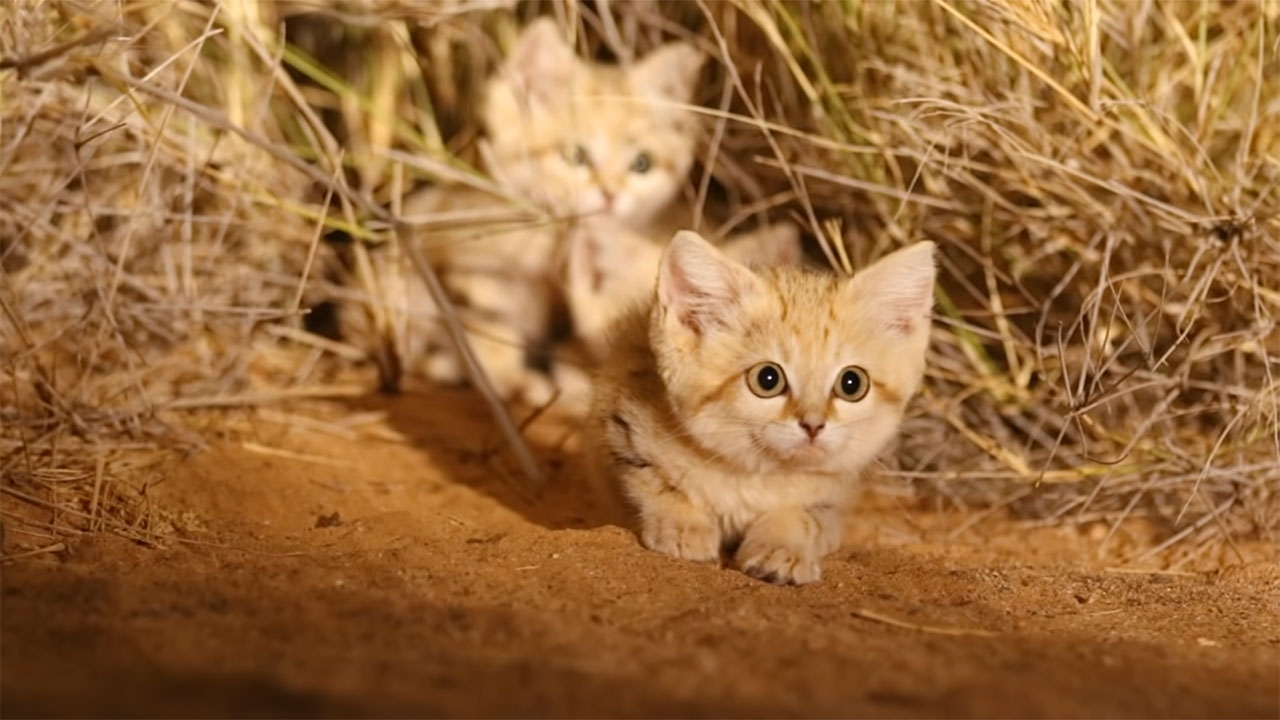
It has been observed that during these times, they make sounds similar to dog barking, but not exactly as identifiable, to find a mate. 60 to 67 days This species, which has a gestation period between three puppies gives birth. The resulting offspring only take 6 months to reach adulthood. Then they become independent.
You can share your thoughts in the comment section.
resources: Smithsonian’s National Zoo, Animalogic, Utah’s Hogle Zoo
RELATED NEWS
The Hairball That Will Make You A Thousand Regrets If You Take It Home Because It’s Cute: Pallas’s Cat
RELATED NEWS
